5 Strategies to Find Free Film Locations for Content Creators
As platforms like TikTok, Instagram, and YouTube mature the competition to stand out as a content creator is becoming increasingly difficult. Upgrading camera and audio equipment is a popular first step. But after that, one of the best ways to improve production quality is to film at cool and interesting filming locations.
If you live in a major US city, paying for a filming location on a website like Giggster is a great way to source a cool space at an affordable rate (prices start as low as $9/hour). However, sometimes you really just need a place to film for the sweet, sweet price of FREE.
5 Tips for Finding Free Places to Film
Traditional filming location agencies exist in every large American city. However, since they cater to big-budget fashion and feature productions (with prices starting around $3,000/day), they are generally a poor fit for self-funded content creators whose typical location budget is under $1000.
For content creators and indie film producers with no money to spare for renting locations, we've compiled this list of 5 strategies to find free film locations.
Rent a location for your next film or photo shoot project on Giggster – A better way to book locations.
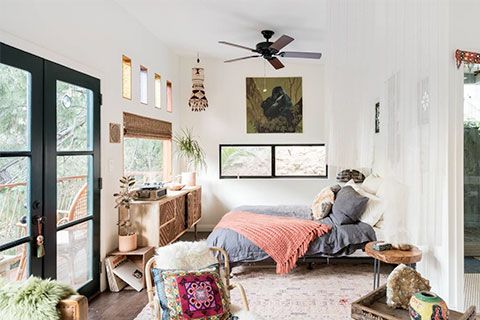
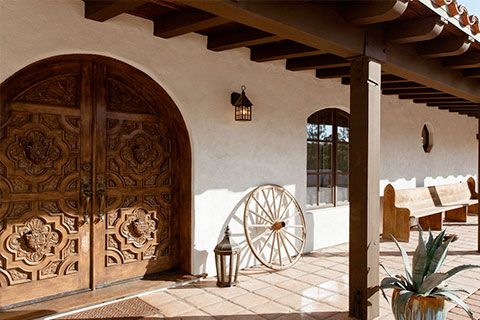
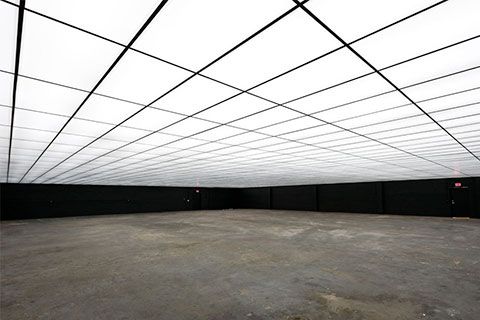
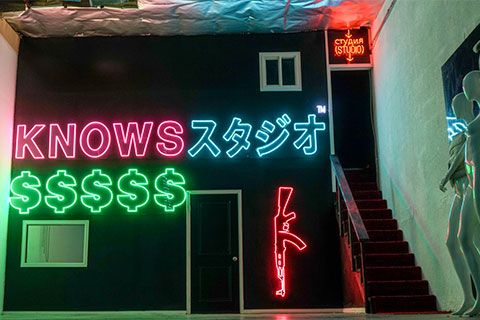
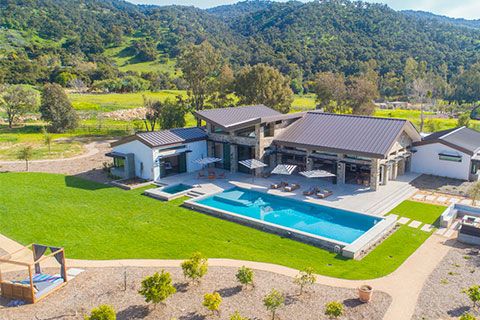
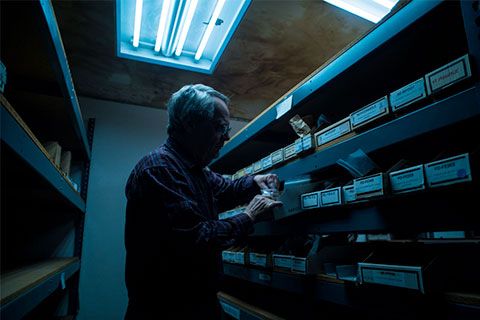
1. Visit Free Creator Studio Spaces to Shoot Video
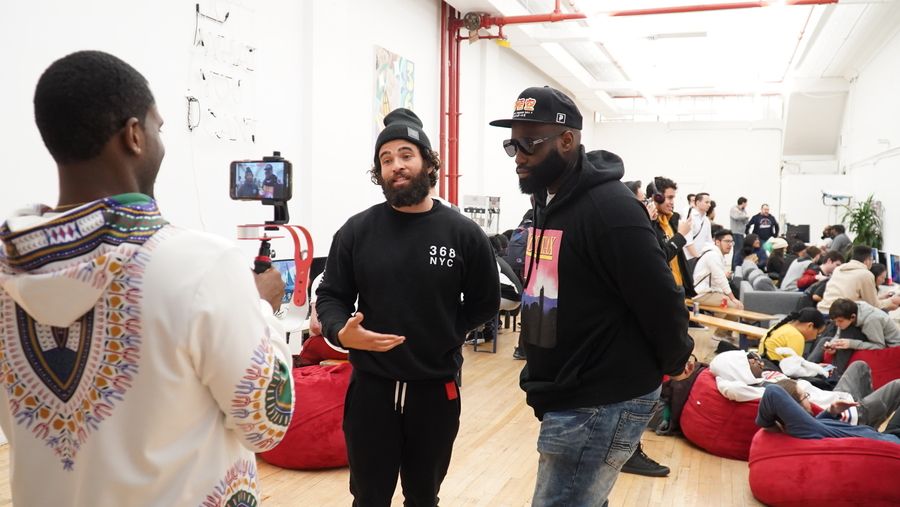
In most cases, living in a large city like Los Angeles, New York, or Chicago makes finding free filming locations more difficult.
Los Angeles and the surrounding areas are particularly challenging, as just about every diner, drive-in and dive in the county knows that filmmaking is big business.
The iconic Kill Bill Church in Antelope Valley (literally in the middle of nowhere) is so wary of non-paying photographers that they permanently park a large tractor trailer in front of the building to obscure the cinematic view.
While it may be harder to find cheap real-world locations in the largest cities, there are also some unique perks to city dwelling when it comes to finding free places to film. One of the biggest, is access to professional production spaces that are available free of charge.
Here are some that are worth checking out:
• 368 - A free multimedia studio created by YouTuber Casey Neistat in New York.
• YouTube Creator Space - Typically reserved for YouTubers with over 10k subs, there are also free open houses and occasional studio access for non-micro influencers.
2. Find Low Risk/Low Traffic Areas to Film
If you want to film for free in a big city like Los Angeles and are worried about being hassled by neighborhood watch or shutdown by the police, one of the best solutions is to film your project in marginal or mostly abandoned neighborhoods with low traffic and low population density. Commercial or post-industrial zones such as the warehouse district southeast of DTLA, or the area south of Pico in mid-city Los Angeles have both the lowest police presence per capita and limited private commercial security.
Note: Be wary of filming in heavy industrial areas, refineries or ports such as Vernon or the Port of Long Beach. While these areas may look empty, they are typically zoned as critical infrastructure by the government and are retrofitted with significant security monitoring.
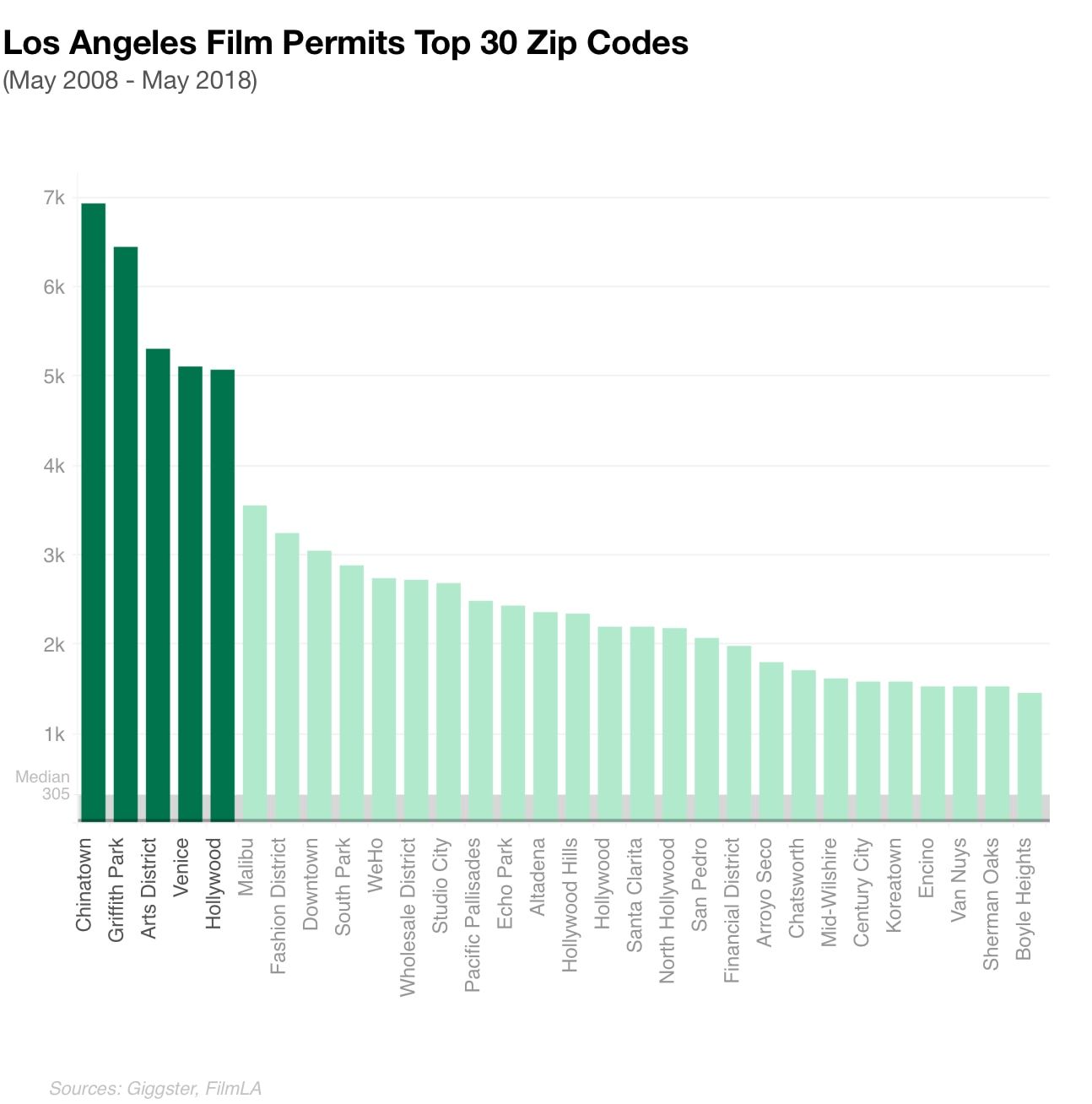
3. Film for Free in the Great Outdoors
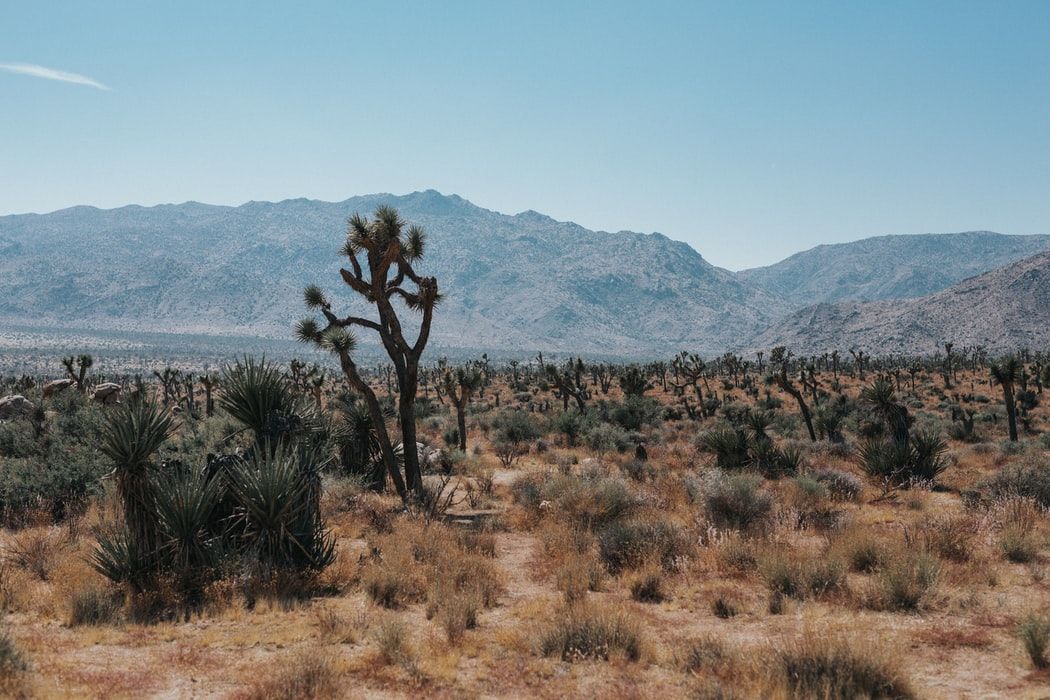
If you're creating a project that takes places primarily outside, you've probably already considered the possibility that that if you drive far enough into the wilderness, there's very little risk of being disturbed or fined. That said, what you'll save in permits, you'll probably end up spending on gas and motels.
Simply driving up to Zuma Beach in Malibu isn't necessarily going to make filming any easier than Venice Beach or Santa Monica. Beaches and parks are almost always monitored, and for that reason, they are amongst the most permitted locations in in any given city. Shooting in the desert isn't much better, with empty areas like Palmdale and Lancaster around Los Angeles, particularly aggressive when it comes to hunting down unpermitted shoots.
If you live in Los Angeles, you're going to want to drive at least 4 hours to escape the orbit of Hollywood. In other cities, simply driving an hour outside the city limits should give you pretty free-reign to film where you want.
4. Shoot Your Movie in Middle America (or Mexico)
Following the logic of Tip #3 (that you should leave the big city for open pastures), one of the best ways to cut down on production budgets and film guerilla-style at no cost is to go film where a movie-crew is least expected.
Director Robert Rodriguez created his first film El Mariachi with a meager $7,000 budget, a significant portion of which he raised by participating in experimental clinical drug tests.
The film was shot almost entirely for free at numerous locations in Ciudad Acuna, Mexico located in Northeastern Mexico adjacent to Del Rio, Texas.
"The opening scenes feature a shootout in a jail which was the local Acuña jail situated on the outskirts of the town. Also, the female warden and the male guard were the real-life warden and guard; Rodriguez thought it convenient because it saved him the cost of hiring actors and renting clothing. The intro bar scene was shot inside the Corona Club and exterior street scenes were shot on Hidalgo Street. The shoot out was filmed outside at "Boys' Town", the local red-light district."
While heading south of the border might be a risk you're unwilling to take, if you're desperate and have no cash, Arizona and Nevada are also solid options. If you're more of a cold-weather enthusiast, taking a trip to Canada is also a great option, where, thanks to the strength of the US Dollar, even paid locations will feel like they're free.
5. Dress Up as a Tourist
If you really need to get a shot under the Venice sign, or on-top of the Empire State Building, a desperate but effective strategy you could try is posing as a tourist. Assuming your rig is light, and your crew is minimal (and looks like they're part of your extended family), there's a good chance you'll be able to grab a few quick takes before anyone notices what you're up to.
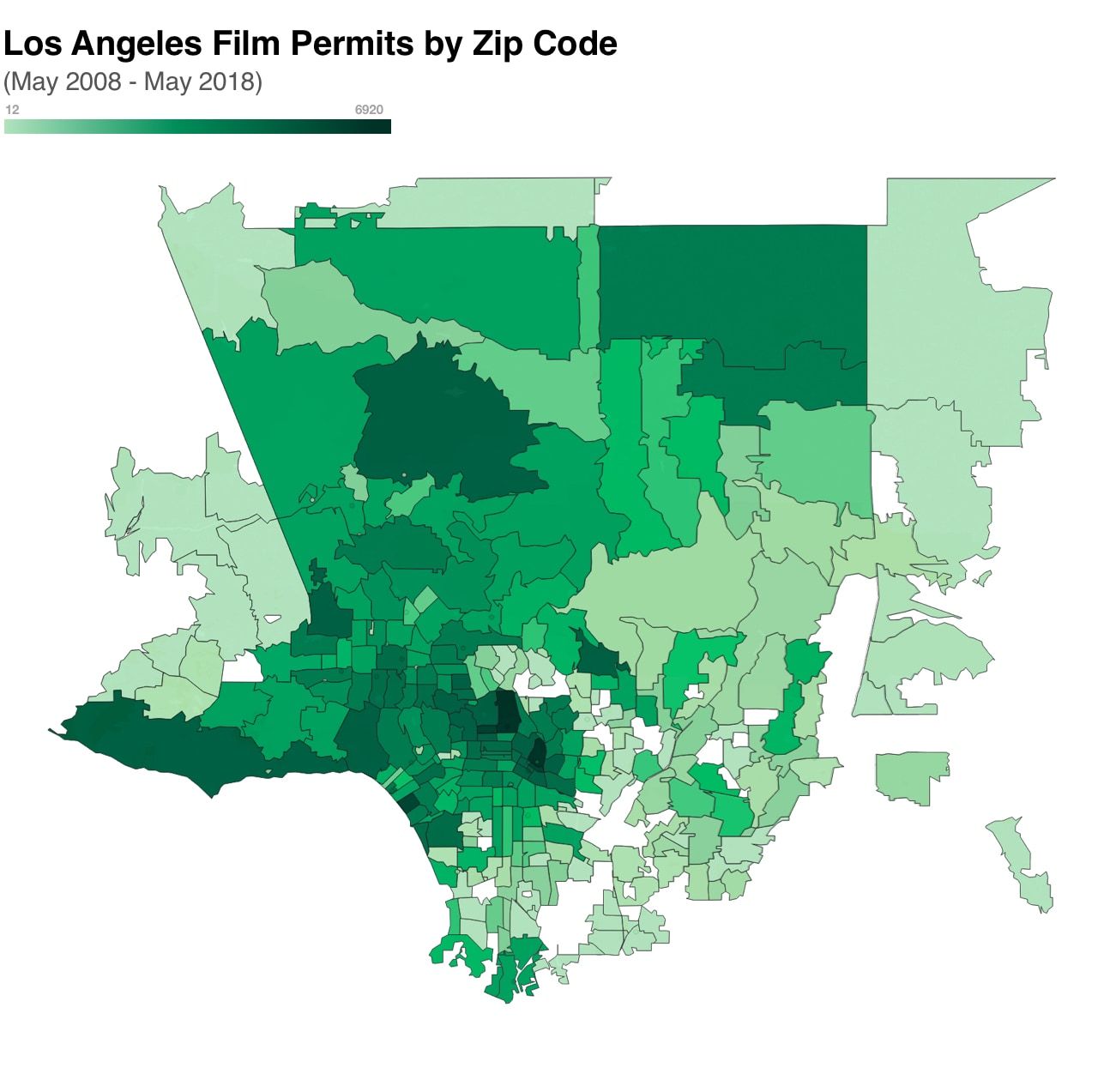
If this strategy seems improbable, consider that director Randy Moore succeeded in shooting an entire feature-length film Escape from Tomorrow illegally at Disneyland.
Though this wasn't technically free, since he spent thousands on tickets for actors and crew over multiple days, it suggests there is a certain freedom that exists in densely populated tourist destinations where every man, woman and child is shooting their own personal documentary.
"To me this is the future. Cameras in your hand. Cameras in your glasses. Anyone can be shooting at any time. And I think it will explode."
– Randy Moore
Why should I pay for filming locations?
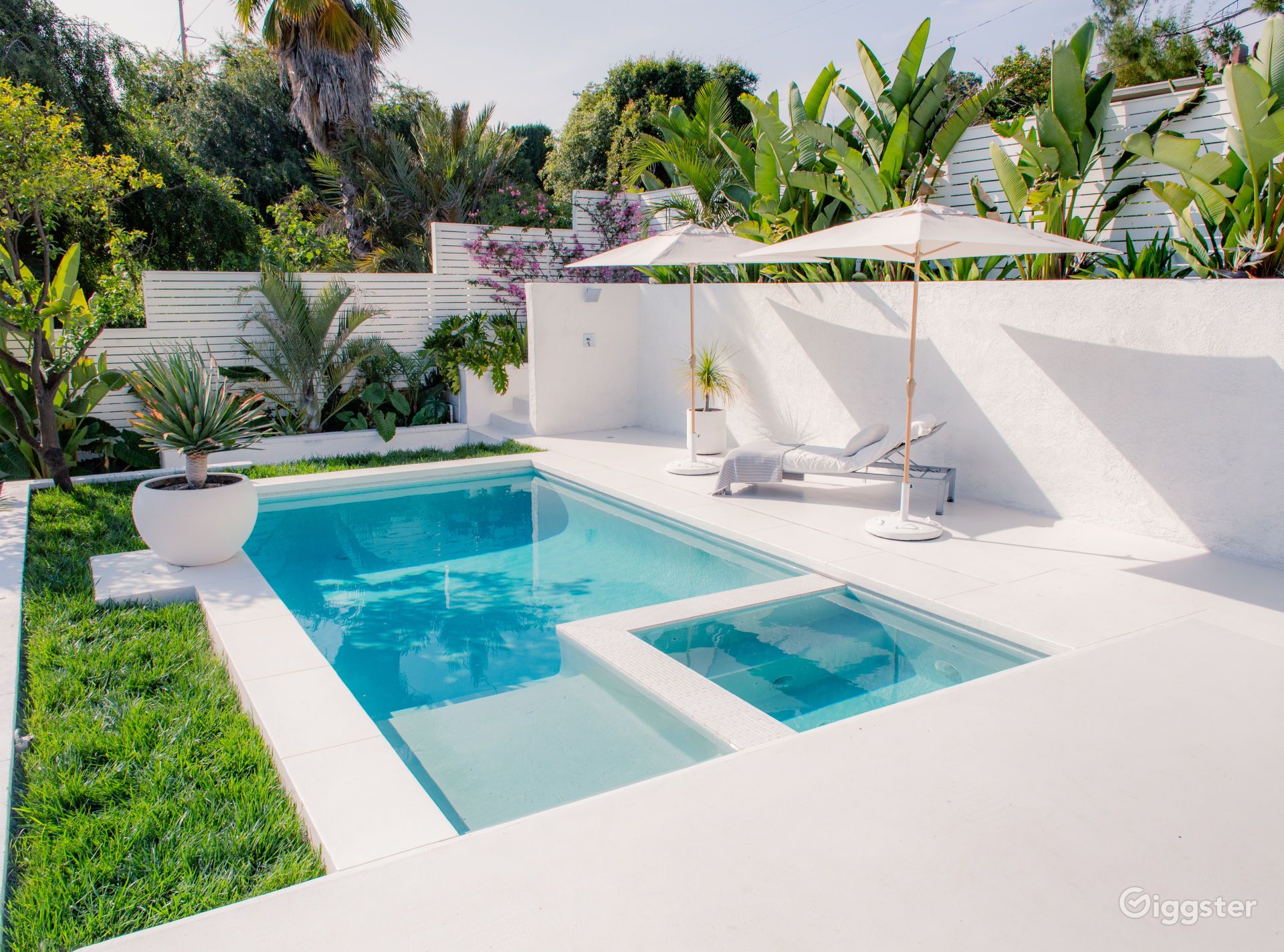
While online media platforms are booming in popularity, it’s still only the very top-tier of creators that are able to invest in filming locations for their productions. Looking at Giggster booking data, it's clear that even creators with over 1 million subscribers rarely spend more than $2k per month on locations.
However, given the truly massive amount of content created on YouTube, TikTok, Instagram, and Facebook every day — even if only 1% of creators need locations, it still constitutes a demand far higher than all other media channels combined (and that includes Netflix and Amazon).
So who is serving this demand?
While free locations serve as a quick-fix as the industry adjusts to this re-alignment, ultimately there needs to be an easier and lower-risk way of finding affordable film friendly spaces.
For this reason, most of the demand is being met by a new crop of location startups that offer lower prices, greater transparency, and an easier booking process.
Companies like Giggster have built Airbnb-style online marketplaces where renters can quickly browse and book residential, commercial, and studio locations in their preferred price range.
Since anyone who owns property can list on the site, the location libraries are large and diverse. Having such large libraries gives renters a more diverse range of properties to choose from and encourages more competitive pricing amongst property hosts, opening up a much-needed market for lower-budget locations.

